FiiO K11 R2R DAC Headphone Amplifier – Two Worlds Of Sound And Music
FiiO K11 R2R is a $169 USD DAC and Headphone Amplifier with an R2R or RRR DAC inside, lots of driving power, and as we will explore today, a very colorful, dynamic and punchy sound, not necessarily characteristic of R2R, but enjoyable and fun nonetheless. Instead of the usual Filters found on delta-Sigma DACs, we have OS and NOS modes with K11 R2R, and here you will be able to unlock the R2R sound. Today we will dive in the functionality and sound of K11 R2R, also comparing it to FiiO K11 along the way, and also with iFi Zen DAC V3 (229 USD), Shanling H2 (169 USD), and Aune Yuki (179 USD).
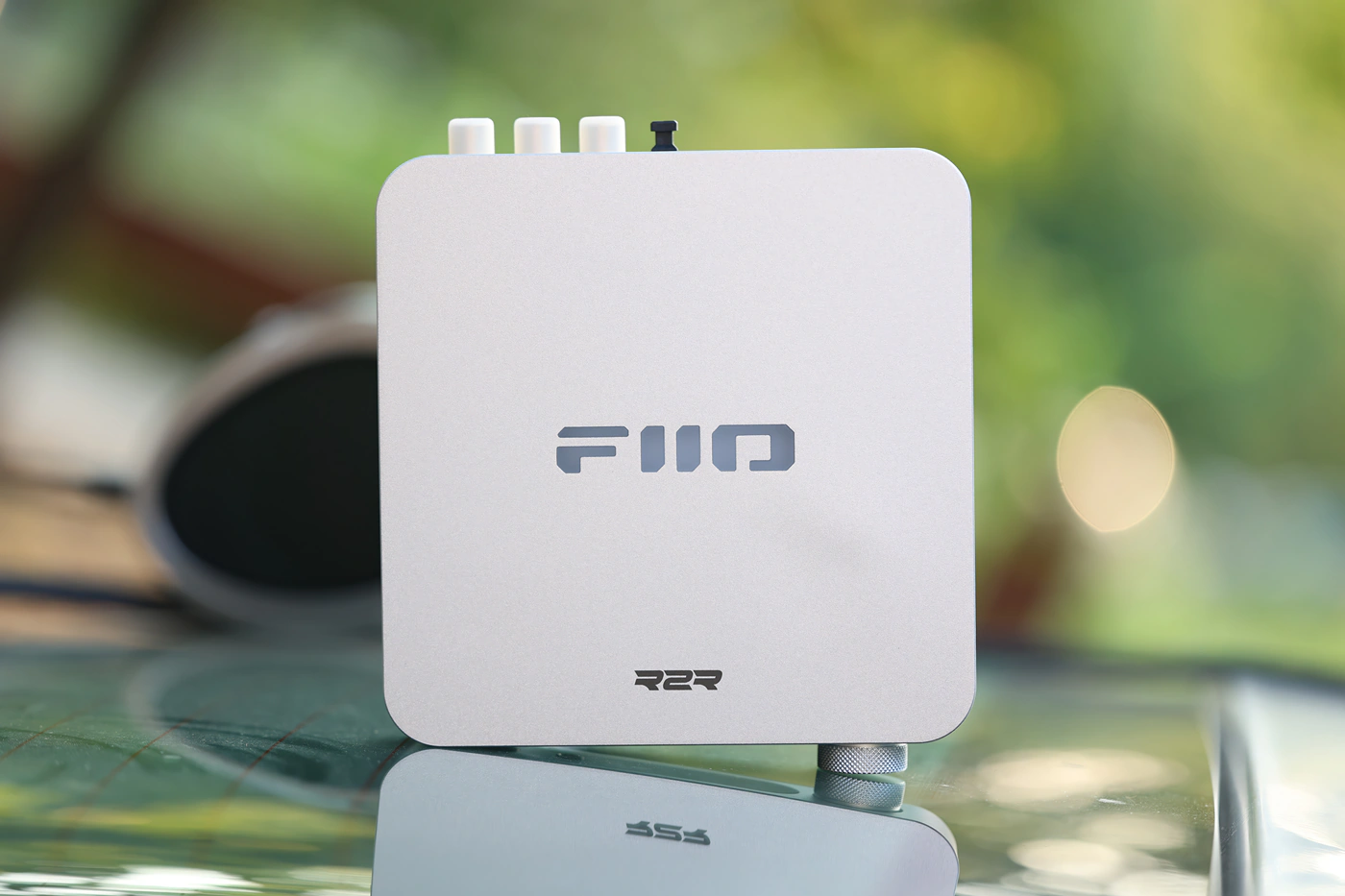
Introduction
FiiO has always been a household name for music lovers. Rather, this always started back in 2011 when FiiO was rising in popularity with headphone amplifiers in the entry-level price, and everyone with a love for music, but not yet into audiophilia was learning of ways to improve the sound they heard on-the-go. Today, FiiO is one of the most popular brands for audio products, usually focusing on high price / performance ratios and offering a wide selection of products from all classes and types, including IEMs, Headphones, DACs, AMPs, and everything in between. As an Amazon Influencer, I earn from qualifying purchases, and using the purchase links in my reviews helps me maintain this website and Youtube Channel. A huge thanks to FiiO for providing us with the sample for this review.
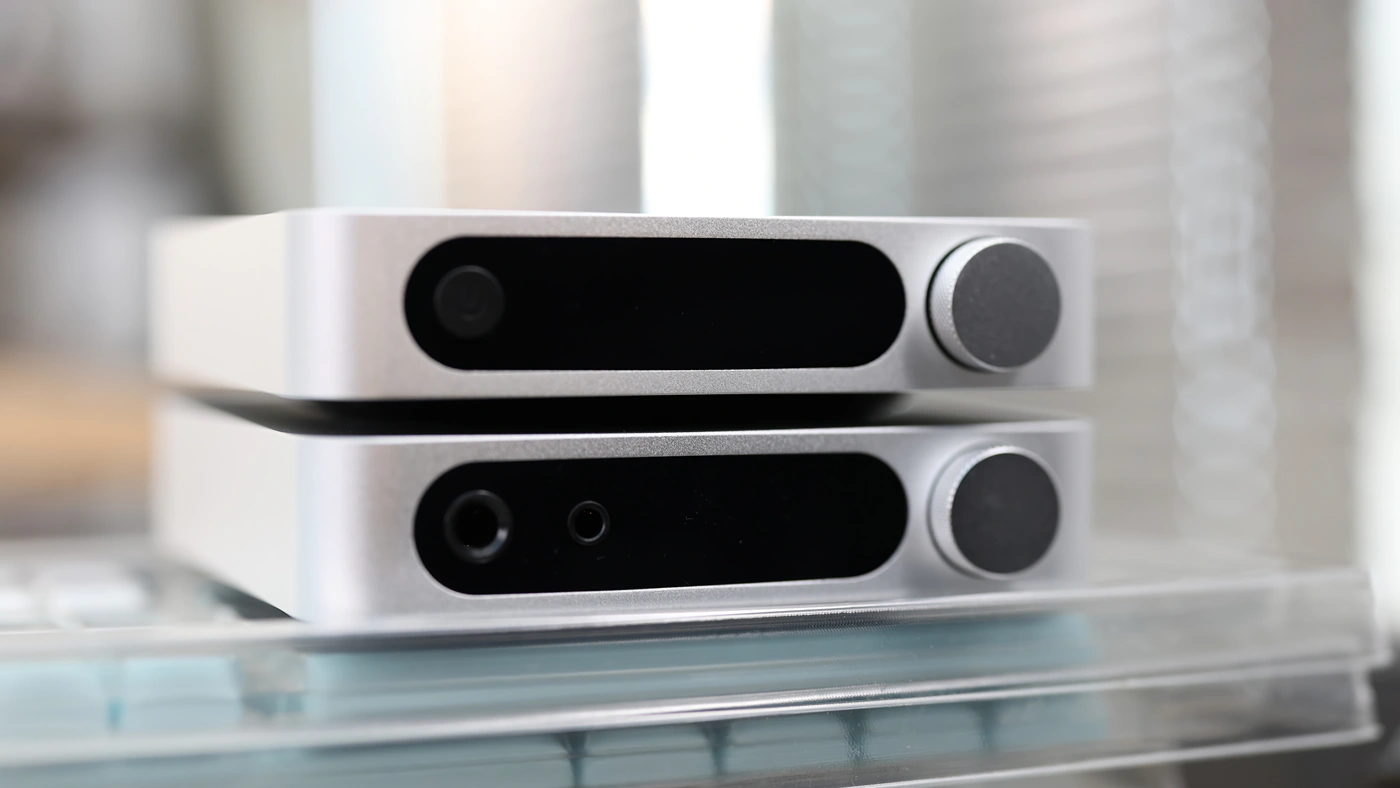
PROs – Two distinct sonic modes that provide two listening experiences. Still excellent, or arguably even better value than the traditional K11, excellent build quality, you can set the light strength and color for the logo, you can configure the display, whether it stays on or not, and it has no USB DAC delay. It works really well, does what it should do, low noise with IEMS, and high driving power, being an ideal desktop unit for most people.
Cons – At this price, there’s nothing I can complain about, except that it requires a wall adapter to work which may hinder portability.
Product Link
You can grab one here – https://amzn.to/3LDH5Iz
Build Quality/Aesthetics
FiiO K11 R2R is physically very similar to K11 the original, with very few differences in function too. FiiO even made a page to compare the two, and the main difference between them is that K11 R2R has the added R2R Logo (which looks really similar to RRR, hence the title of the review), and the DAC is now a Sign-Magnitude R2R chip instead of the CS43198 found on K11.
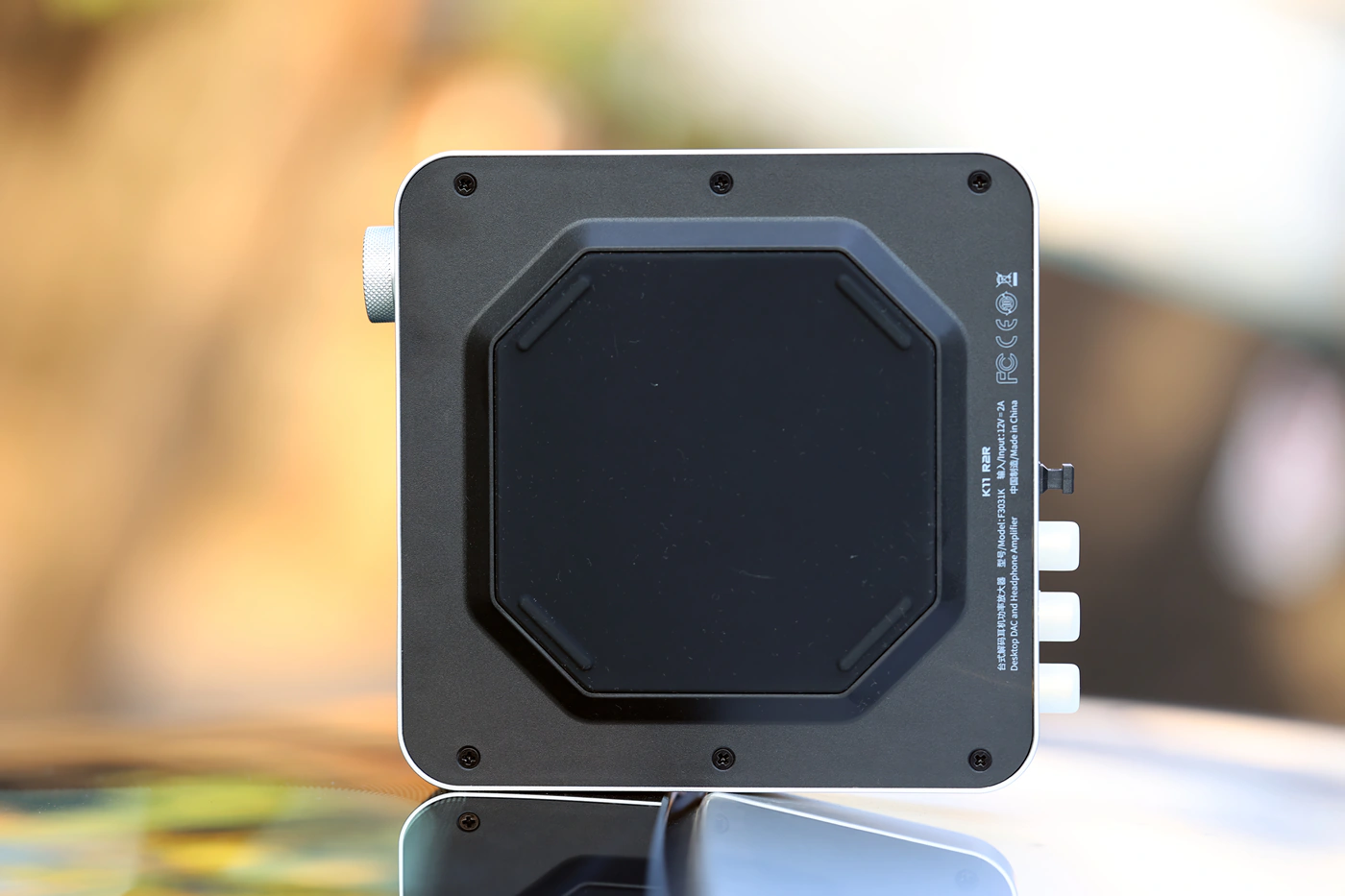
Everything else, including function is exactly the same, except for the filters, which K11 R2R has none of, but it does have OS and NOS sound. NOS is basically the R2R sound, which is very characteristic of R2R, while OS is what most people might enjoy, as it is more dynamic, more clean and more punchy, but also lacks the R2R refinement and perceived increase in resolution.
USB DAC
Taking into account that K11 worked perfectly well with the USB DAC function, it is no surprise that K11 R2R also works perfectly well and has no USB DAC delay. Everything works as it should, my Windows PC recognizes it instantly, and everything works perfectly.
Sound Quality
Pairings – For writing a proper review, I have paired K11 R2R with a selection of IEMs and Headphones, including Questyle NHB12, 7Hz Aurora, Rose Technics Star City 5 PRO, ZiiGaat Cincotres, Letshuoer S15, Crosszone CZ-8a Enhanced, Campfire Cascara, Campfire Bonneville, and Aune AR5000. It is important to note that the difference between high, medium and low gain is extreme, and with medium and low, you get a lot of control for IEMs, and no background noise, while with high gain you can unlock the high driving power of K11 R2R, and have more than enough juice on the tap for big headphones. I think that Aune AR5000 is at the limit of what K11 drives well, but this limit touches HIFIMAN Ananda Nano too, so you will be fine with most headphones below 1K USD, as generally most companies design those to be more easily drivable from a source. K11 handles IEMS well, with almost no background noise.
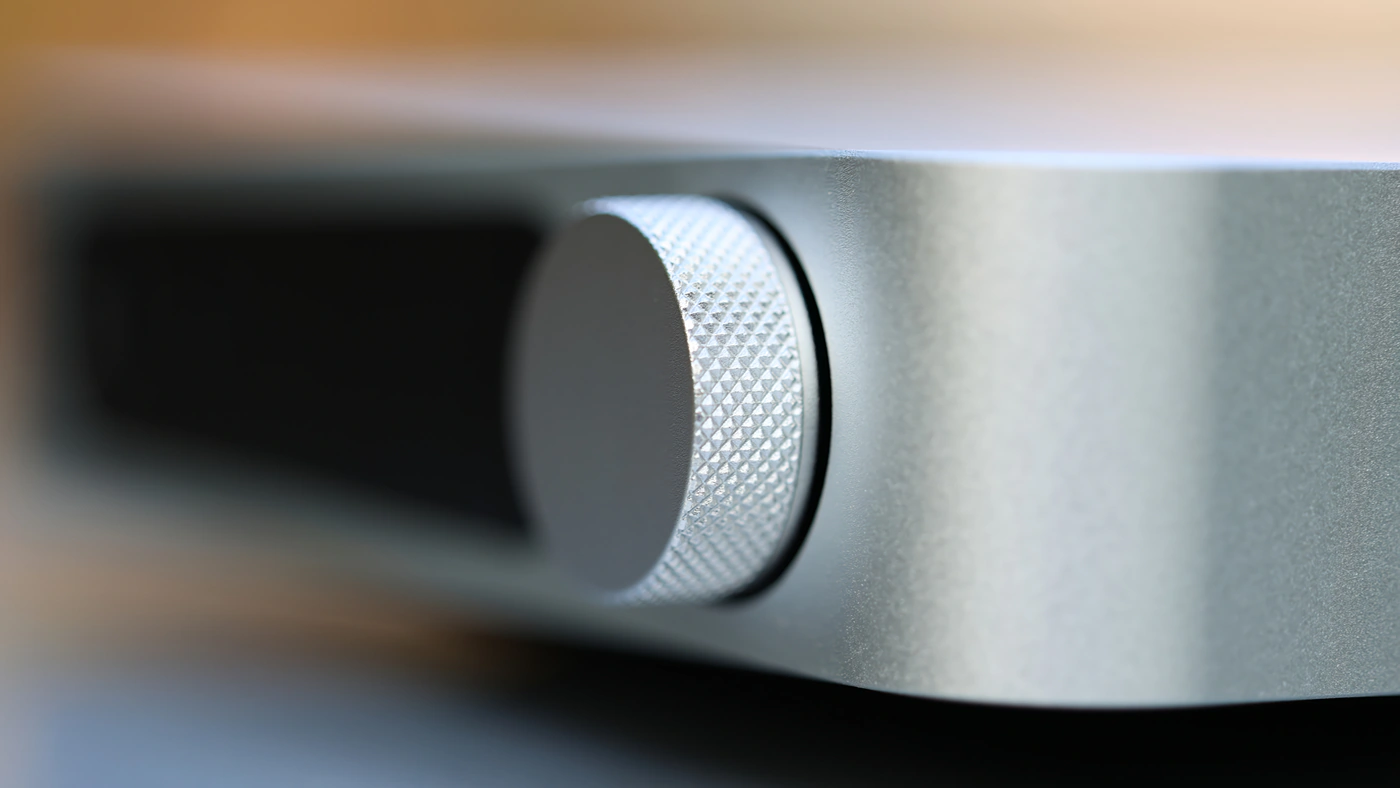
Overall Signature – The sound of K11 R2R has two distinct modes OS, and NOS, Os means that the sound is oversampled, which sounds very close to what a Delta-Sigma DAC offers nowadays and also works similarly, but to my ears more dynamic, more colorful and more engaging than the price point, K11 R2R in OS mode being a superior overall experience compared to K11 the original in OS mode. In NOS Mode it has the typical R2R tuning with low impact, soft transients, smooth textures and a generally relaxed, laid-back tuning that can be perceived as more detailed at the cost of impact. The difference between the two modes is very large, and while with most delta-sigma DACs you barely hear the differences between the filters, with R2R DACs NOS and OS are two different worlds. There is no limit of the amplifier inside of K11R2R, but the biggest limit for it will be the OS and NOS mode, as each is tuned differently.
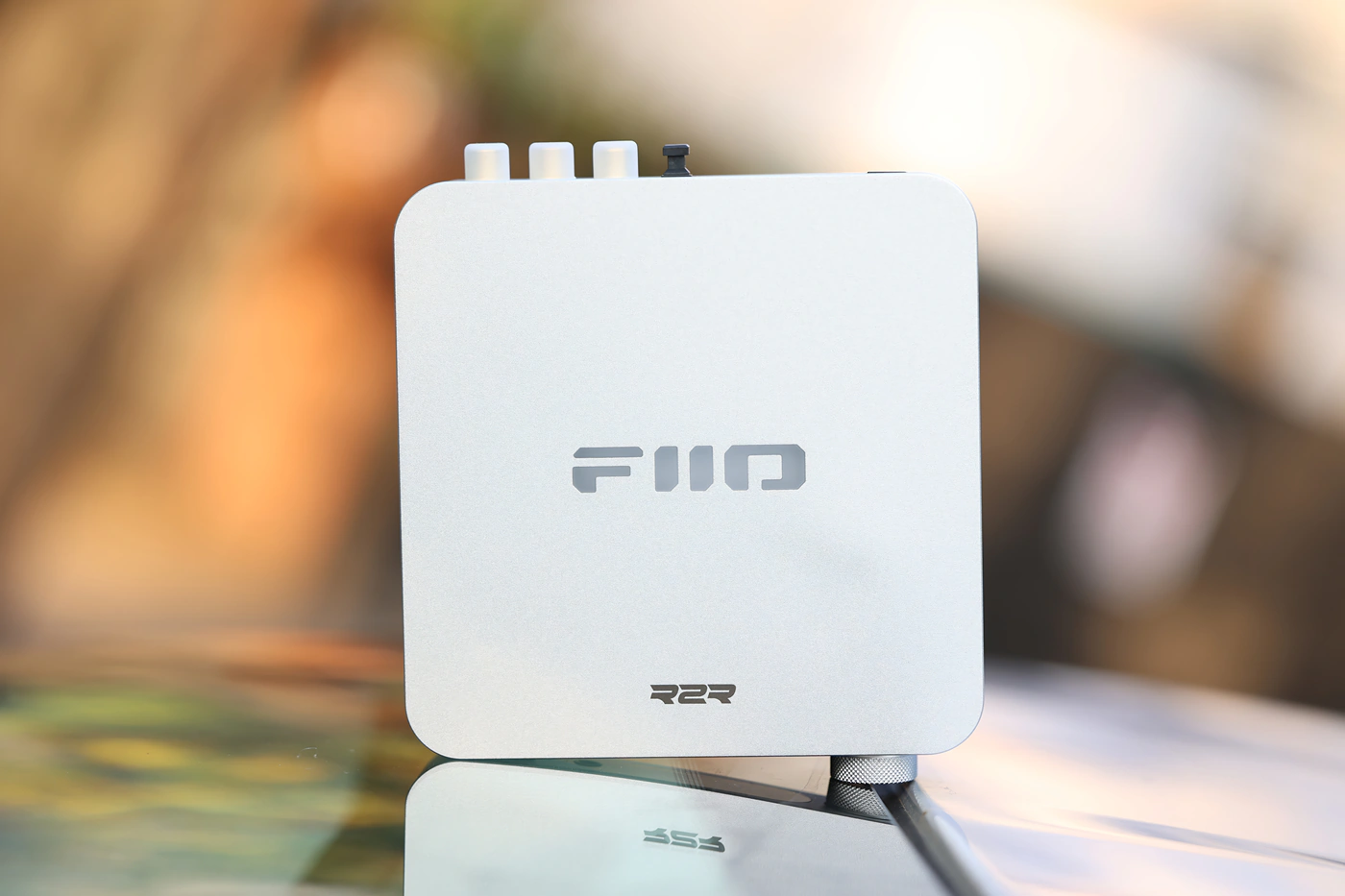
NOS Bass – In nos mode, the bass is slower, woolier, looser and sounds less impactful. This is normal for R2R tech, and it creates the feeling of naturalness for some people, while slightly enhancing details in the other frequency ranges, as the bass is less evident, allowing other instruments to be more prominent. There is less coloration, and in NOS mode the bass is more neutral.
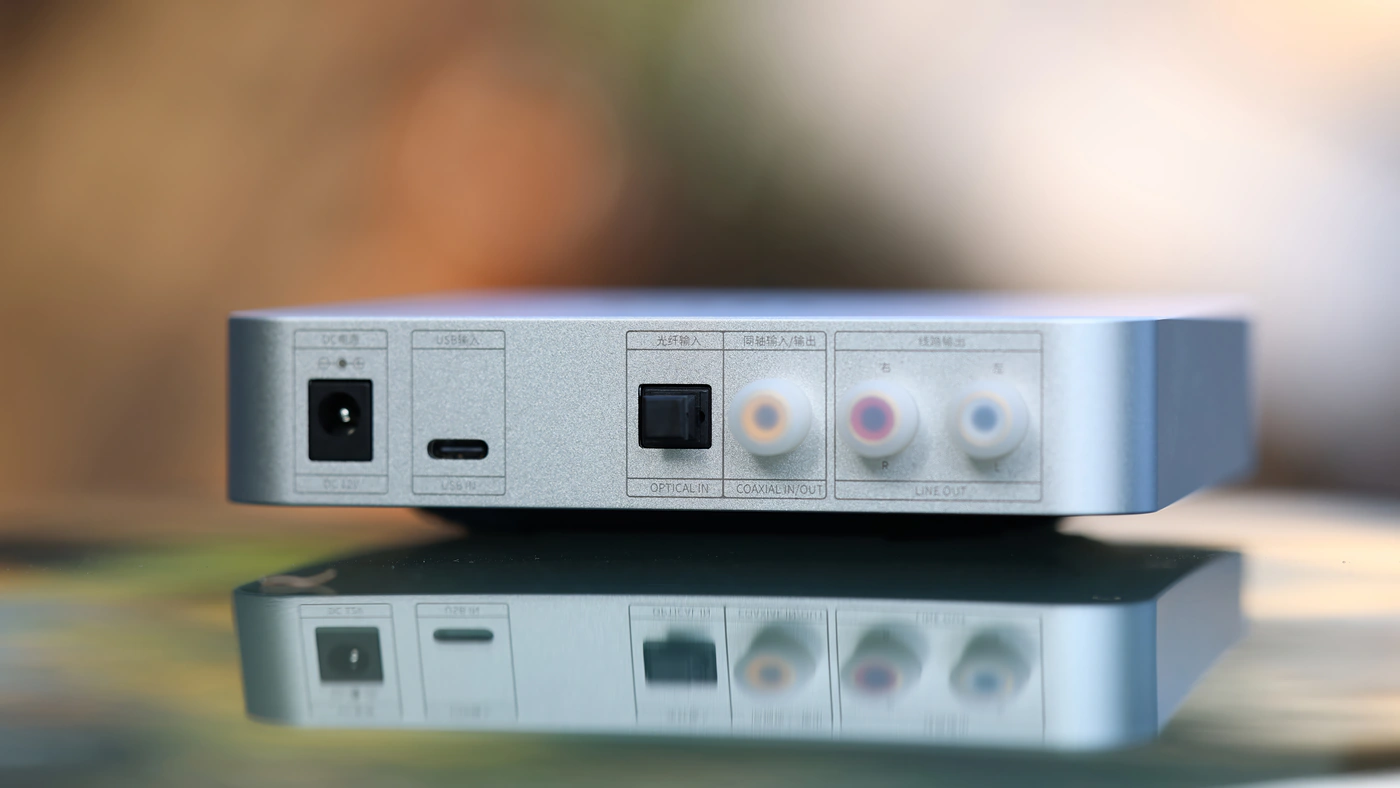
OS Bass – Definitely the OS bass is the one for EDM, Pop, Rock and any kind of pumped up music, as the bass is much heavier, extends deeper, with more strength and power. Os mode is literally a bass cannon, especially compared to the lean NOS mode. The bass impact in OS mode is better than that of K11 the original, there’s more meat on the bones, more sub bass punch, and the whole sound is more defined. I have a tilt towards liking this mode more thanks to how much power it can put into music, both in headphones and IEMs.

NOS Midrange – The biggest difference between the OS and NOS modes will be audible in the midrange, where NOS sounds really smooth, laid back and relaxed, with very little attack and kick to the sound, low impact, and a relaxed presentation that is really easy to take in and enjoy. The sound has good resolution, and NOS can be perceived as more detailed, as allowing more space for instruments to breathe, showing well why some people swear by R2R DACs, although at the same time it has the limitation of sounding distant and less focused, more scattered than the OS mode. NOS mode is grain-free for sure, and this feels refined, plus can allow certain micro details to be heard better than OS mode.
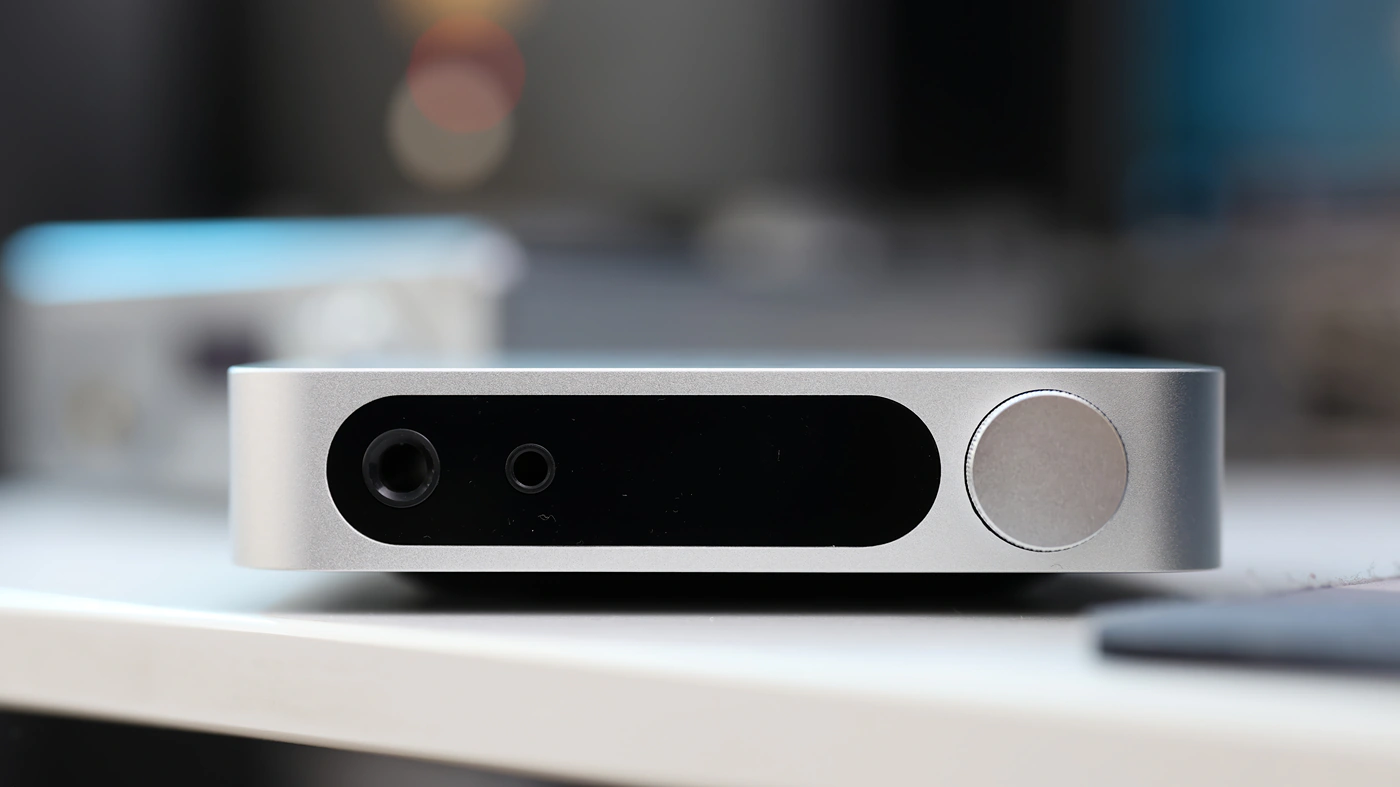
OS Midrange – Just as it happens with the bass, an oversampled midrange has a higher degree of texturization, more square waves which sound fatter, more raw edges, more impact, the sound feels slightly less refined, but more raw and direct. This works really well for rock, edm and pop, but less for jazz and classical, where it can sound a bit too revealing, and bring a bit too much grunge, texture or grain.

NOS Treble – The treble is much smoother, laid back, relaxed and rolls off in presence, energy and impact in NOS mode, sounding as you’d expect from an R2R DAC, really smooth and relaxed. If you tend to suffer from listener’s fatigue, K11 R2R should be like butter to your ears, sounding really lean and clean, with very little distortion, but showing a pleasing and chill sound.
OS Treble – There’s more energy, better extension and bite to the OS treble, but it comes with extra grain and more texture too. It resembles cymbal sounds better, being more energetic and punchier.
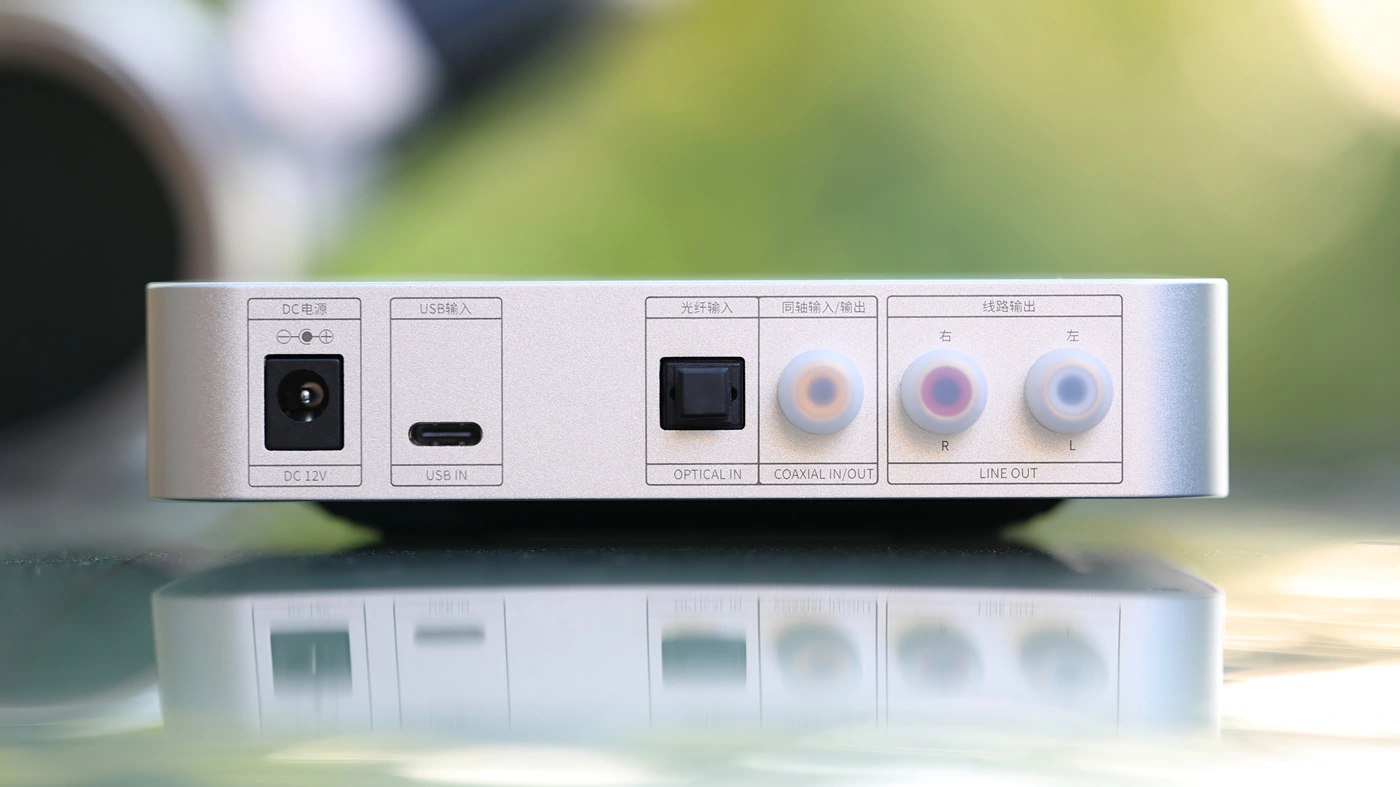
Volume Control – Volume control is generally good, there is no distortion even as you get close to max volume, and the circuit handles high volumes even better than K11. The sound at very low volumes is slightly less dynamic and less engaging. There is a good sense of resolution across all volumes, the noise floor does not increase with gain or volume, as K11 R2R has excellent volume control. Os mode seems to be louder than NOS mode for the same volume level, but this is tightly tied to how each handles detail, punch, dynamic and textures.
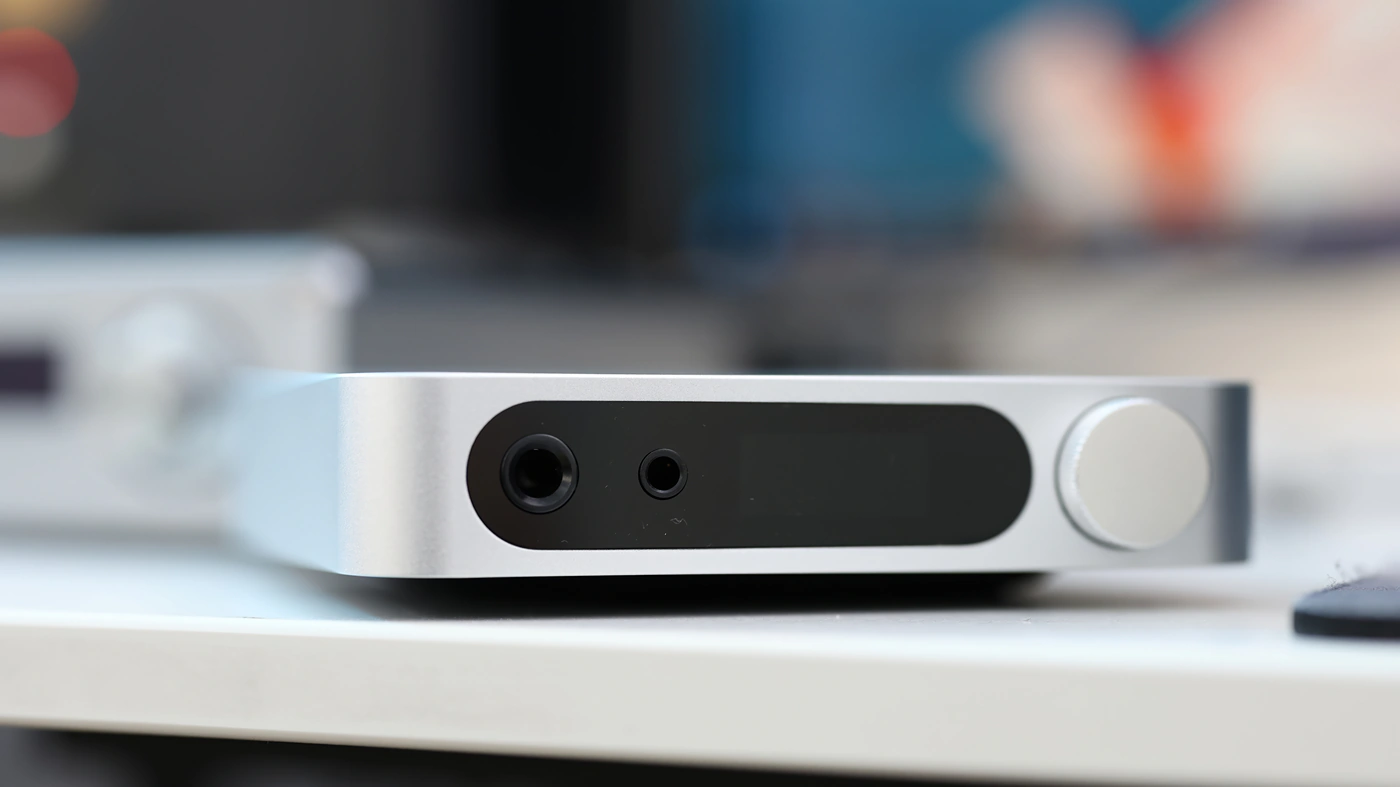
Dynamics / PRaT / Textures – If you want textures, you engage OS mode, which presents a clean-cut square wave, distinct and clean, vibrant and punchy, while if you want smooth textures, you engage the NOS mode which has very little texture and is lean, smooth and relaxed. Impulse response is clearly more faithfull on OS mode.
Soundstage – The OS and NOS mode will affect the soundstage too, and in NOS mode the soundstage seems to be wider, slightly deeper, but also more scattered and less defined, while in OS mode, the sound is very direct, forward, in your face, sounding holographic and 3D, engaging and punchy. The two modes each have their own appeal, NOS mode is great for jazz and feeling relaxed, while OS mode is great for rock, metal and EDM, and if you want to feel in the action.
Gaming Usage
As there is no USB DAC delay, K11 R2R is perfect for real time gaming, including shooters and mmorpgs, strategy, and basically anything you can throw at it. For atmospheric games, where you’d want the game to be lean and relaxing, you can engage the OS mode, and for active, peppy and pumped up games, you can go with OS mode.

It takes no restart and just a second to switch modes, and the unit can easily be set up from the volume wheel. It can even work as a DAC for a stereo system, which should be excellent for anyone wanting to diversify their desk usage with a DAC/AMP.
Comparisons
FiiO K11 R2R vs Shanling H2 (169 USD vs 169 USD)
Build – H2 is a portable DAC/AMP that does not require any kind of wall power to work, and which can be powered from a type-c usb input alone, also having its own internal battery, and being compatible with smartphones. There are no RCA outputs on H2, and it is clearly designed to be portable, but for headphones, both units have both balanced and single ended outputs. H2 has the option to play music off a microSD card.
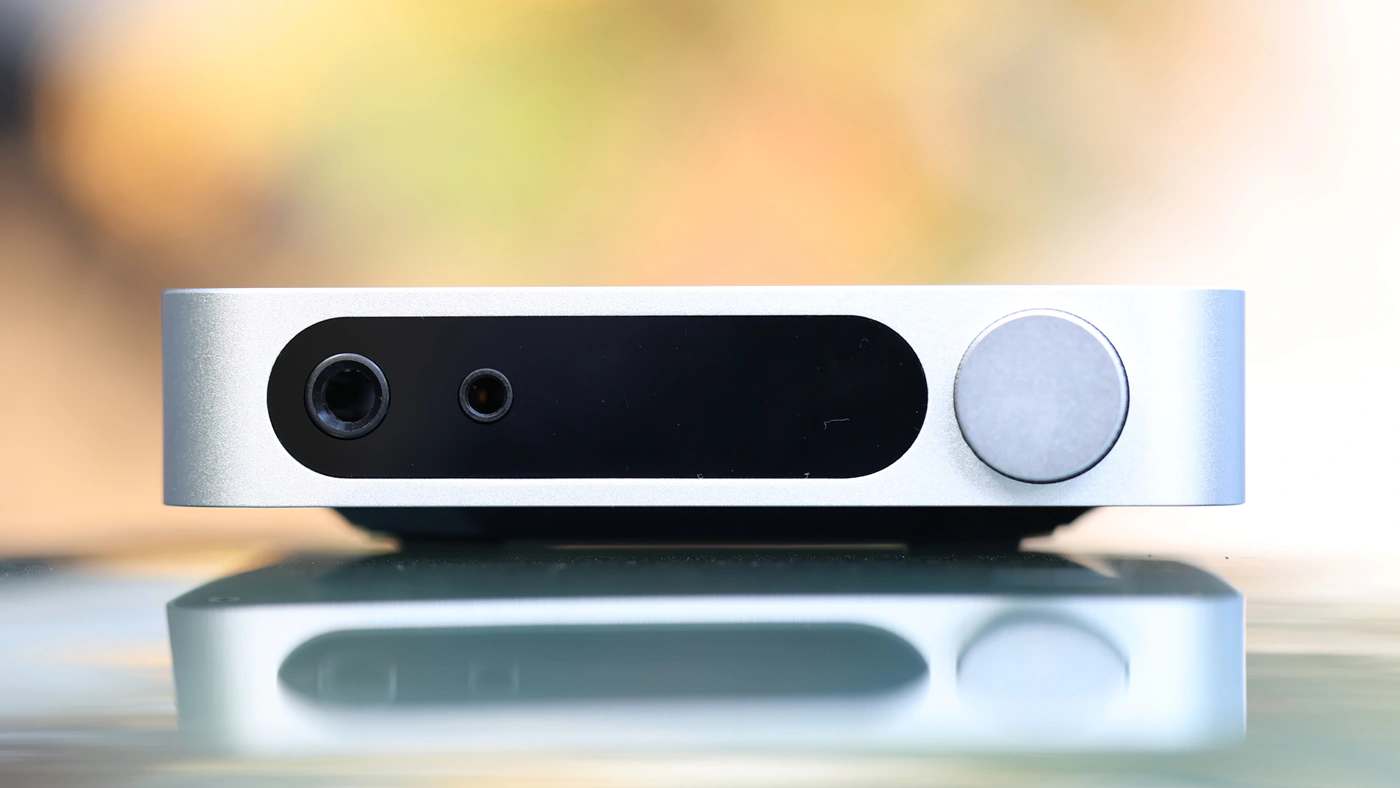
Sound – Sonically, K11 R2R sounds more detailed in both modes, has more bass and impact on the OS mode, but has less bass quantity in either mode. The NOS or R2R mode sounds really smooth and lacks texture and feels soft, while H2 sounds more solid, but being warmer, thicker and generally, more intimate. K11 R2R has a slightly higher driving power at max with lower actual distortion when driving hard to drive headphones, and also a slightly lower noise floor with IEMS.
FiiO K11 R2R vs iFi Zen DAC v3 (169 USD vs 229 USD)
Build – Finally, we have two desktop units, with similar design and operation, the biggest difference being that Zen DAC V3 does not require a wall outlet power to be plugged in and can power off just from the type-c input, while K11 R2R needs a power converter to function. There are some differences in behavior, you can select on K11 R2R which output is being used, while Zen DAC V3 outputs sound over both outputs, line out and headphone output, at the same time. Zen DAC has a 4.4mm balanced line out, which is not present on K11R2R.
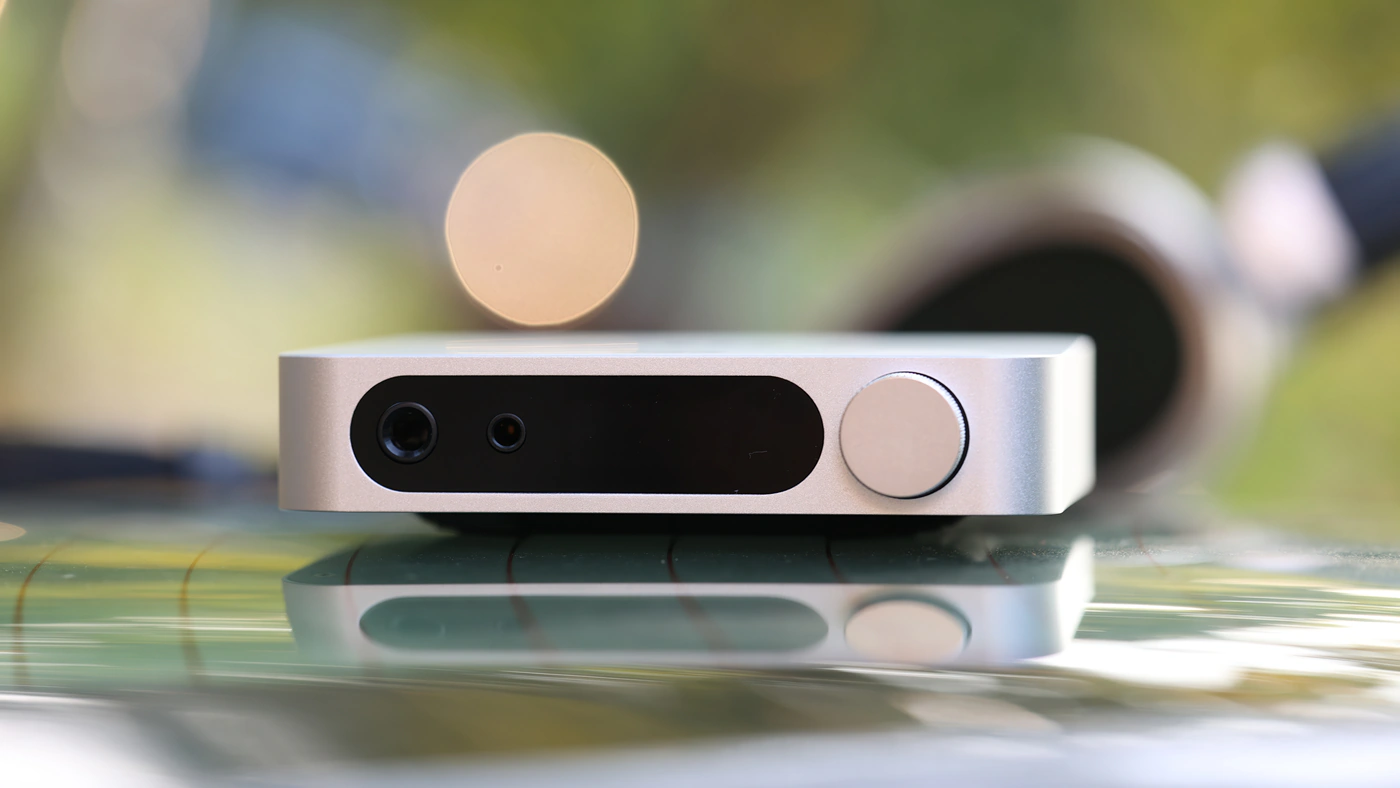
Sound – Sonically, K11 R2R sounds very similar to Zen DAC V3, if K11 R2r is in OS mode, which is basically a similar sound to most delta-sigma DACs with a good performance. They really sound close to each other, but K11 has the bonus of the NOS sound, so arguably it is a more versatile DAC/AMP. There is more driving power at maximum volume with lower distortion on K11 R2R, and with IEMS, the noise floor is lower, the noise floor being lower for the RCA output too.
FiiO K11 R2R vs aune Yuki (169 USD vs 179 USD)
Build – Yuki is one of the very simple DAC/AMPs for smartphones, one type-c input, and two outputs, with no battery inside. This being said, it has multiple resistors, which almost sound like a ladder DAC or an R2R DAC. In reality, the design has a very different sound, but both are good headphone drivers with low background noise and good control at loud volumes. K11 R2R manages a slightly higher maximum volume with a lower THD in practice when driving headphones.
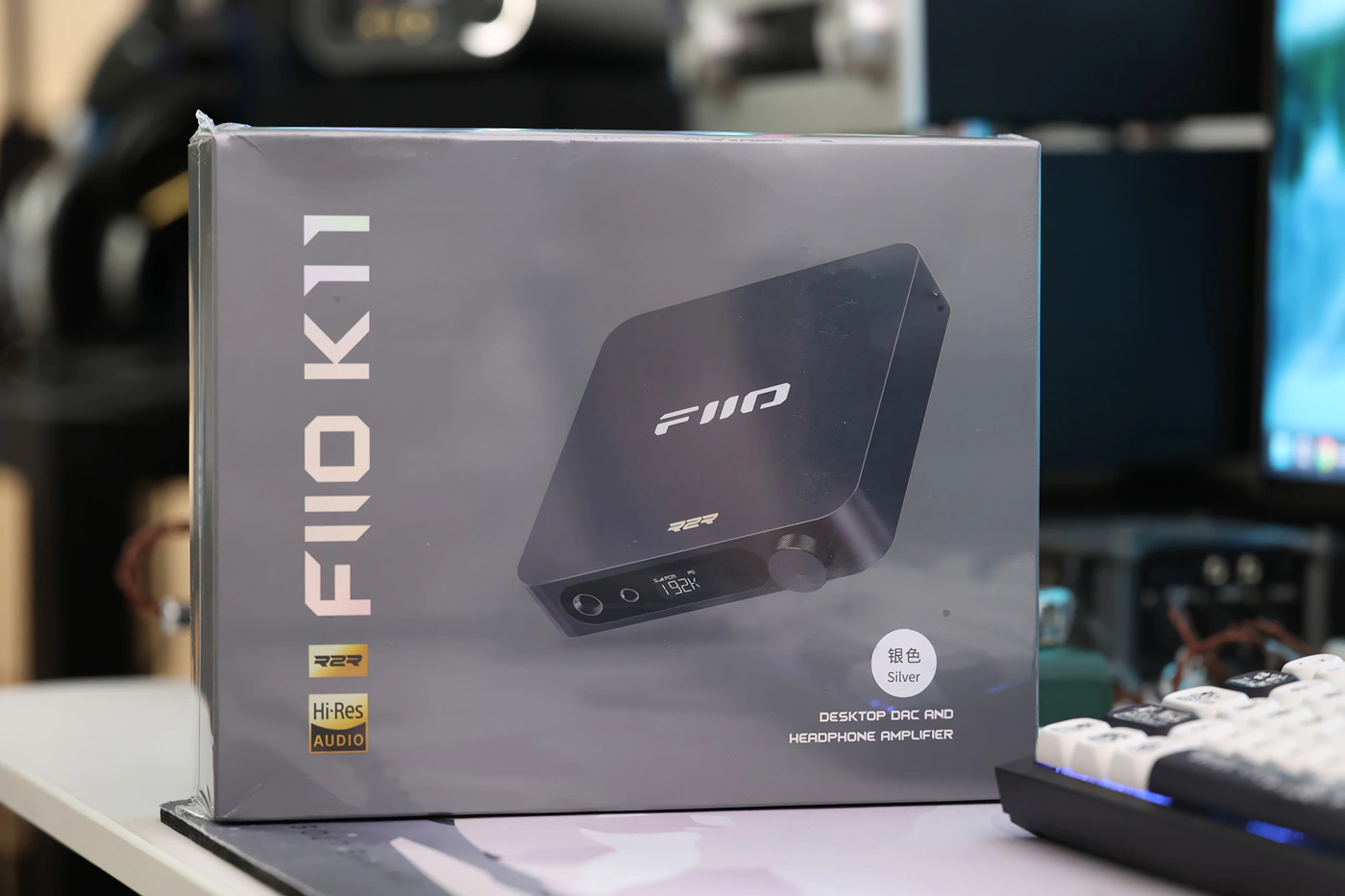
Sound – sonically, Yuki is almost always more aggressive, with more grain, more edge and more treble energy, the sound is more forward, and while they are comparable if K11 R2R is running in OS mode, when you switch K11 to NOS, they are from two different worlds. Yuki is uniquely the most aggressive and wide sounding dongle DAC on the market with a very specific sound, while K11 R2R has two other different sound modes.
Value and Conclusion
FiiO respects the tradition they set more than 10 years ago, and K11 R2R proves to be an excellent DAc/AMP from the price / performance perspective, offering far more than what the market typically does at this price point, including an R2R DAC, two sonic modes, lots of driving power, low noise and multiple inputs, including USB, Coaxial and Optical.
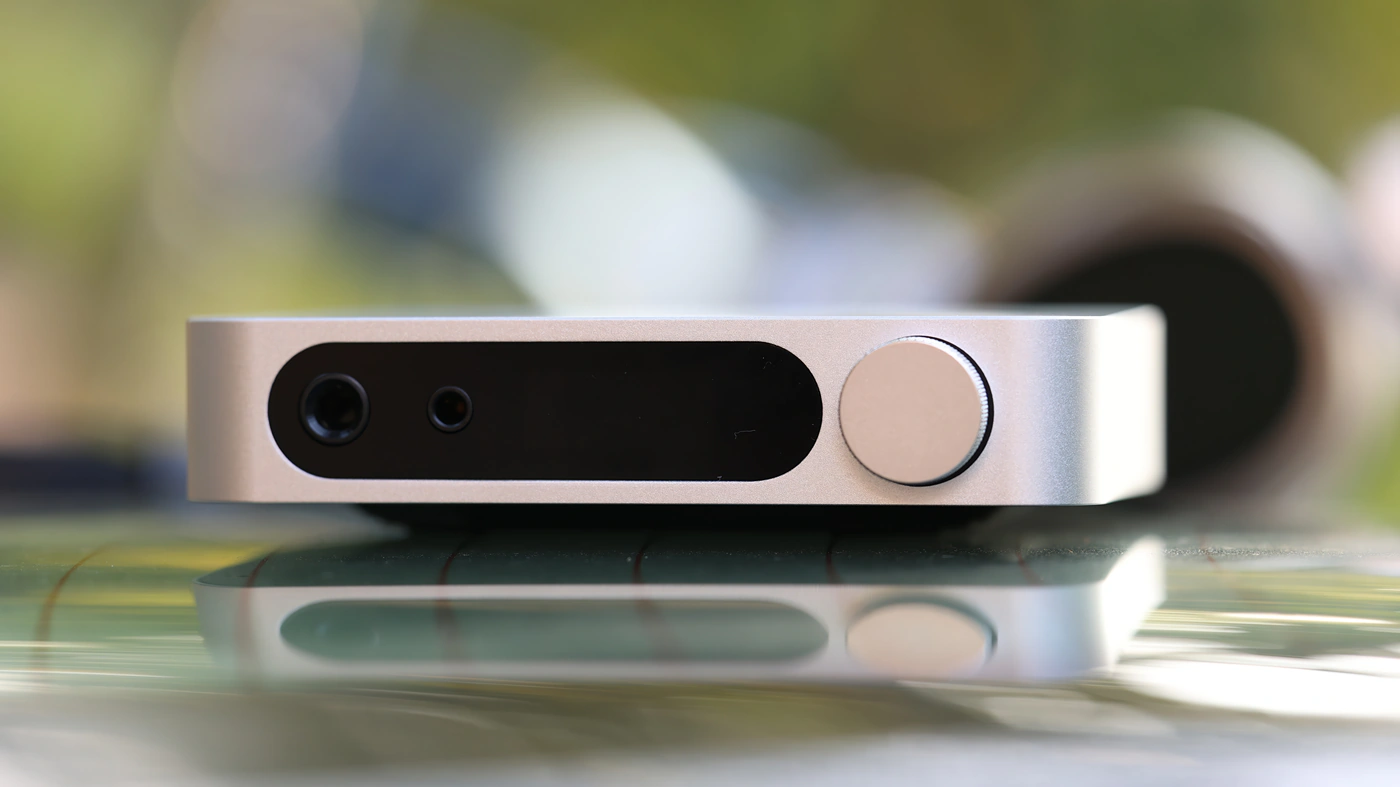
At the end of the day, regardless whether you just want to experiment with an R2R DAC, or if you want to have a ton of fun with a DAC / Headphone AMP that can power both a desktop setup and a pair of headphones or IEMs, K11 R2R is easily one of the best solutions you can purchase, offering two distinct but both fun and interesting sonic modes, and working as it should in every aspect with no bugs or issues.
Product Link
You can grab one here – https://amzn.to/3LDH5Iz
--- Please remember to stay safe, and always have fun while listening to music!---
- If you have a dime to spare, please donate, and help us! It would make the day brighter for me and my wife-
Full Playlist used for this review
We listened to more songs than those named in this playlist, but those are excellent for identifying a sonic signature. I recommend trying most of the songs from this playlist, especially if you’re searching for new music! The playlists are different for Spotify, Tidal and Youtube, and based on the songs I enjoy and are available on each!
https://www.youtube.com/playlist?list=PL_cjBXGmwSHSdGcwuc_bKbBDGHL4QvYBu
https://open.spotify.com/playlist/5J3oloz8Riy9LxEGenOjQ0?si=979ba4f082414be7
https://tidal.com/browse/playlist/330fd544-8e5b-4839-bd35-676b2edbb3d5
--- Contact Us ---






Loved this review! I’m looking into getting this DAC/AMP alongside the headphones Aune AR5000 you mentioned. Certainly this review was decisive for me.
Always happy to help!